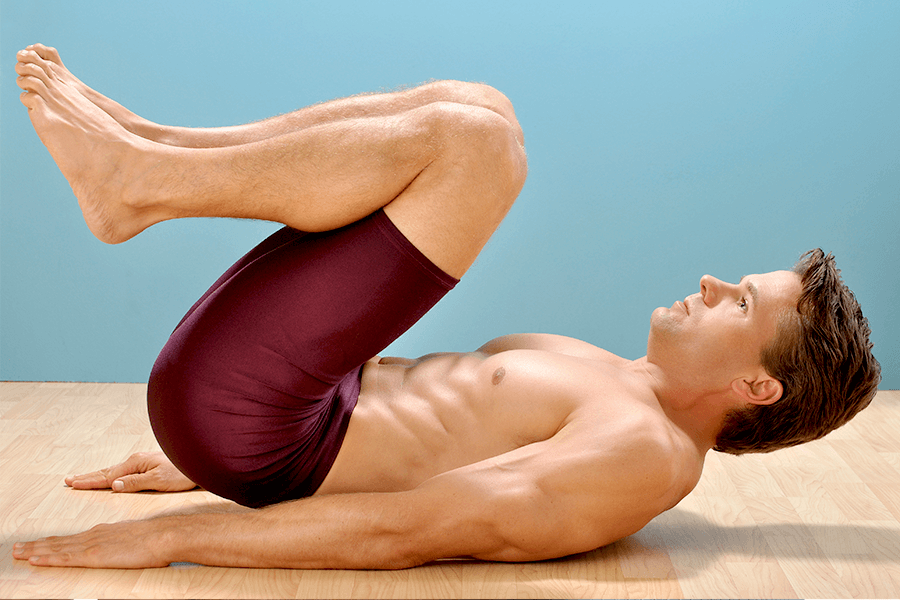What Is Sway Back Posture and How Can You Fix It?
Max Frenkel

One of the most common #posturefails that can lead to lower back pain is sway-back posture. Don’t let it hold sway over your life.
Make no bones about it; our entire skeleton shapes our posture. There is, however, one key part that bears most of the responsibility for sway-back posture and that’s the pelvis. This large, centrally located bone acts as a junction connecting the lumbar spine from the north and the legs from the south. It’s responsible for coordinating our upper-body movements with those of our lower extremities. An ideal or “neutral pelvis” allows for a slight curve in the lower back that keeps all the skeletal parts balanced. Problems arise when your posture starts to veer off course and your spine tries to compensate for the original deviation. If you happen to develop sway-back posture, you may experience aches, pains, and/or loss of balance.
Slay it, don’t sway it with the UPRIGHT GO 2 smart posture trainer.
Sway-back posture: Pelvis has left the building

To understand how sway-back posture is a deviation from the norm, we first need to define what the norm is. According to doctors and physical therapists, a neutral pelvis is one that’s tilted 30 degrees along the axis of the sacrum and hip joint sockets. In fact, your entire ability to hold your body upright hinges (quite literally) on having a neutral pelvis. It’s a delicate balance; if your pelvis tips forward another 10 degrees or so, your spine is forced to overcompensate, resulting in sway-back posture. When viewed from the side, it’s apparent that the entire thoracic spine has shifted backward, forming a kyphosis, or hunchback. What’s more, that normal curve of the lower back we mentioned earlier has now become quite exaggerated.
Checks and balances

As history has taught us, when one group gains too much power, it’s often at the expense of another. The same is true of the various muscle groups that keep our spine, hips, and pelvis mobile. For example, overly strong hamstrings may mean weak hip flexors; tight abdominal muscles usually mean weak back muscles; and so on. The latter imbalance may also lead to sway-back posture unless corrective measures are taken.
Are you easily swayed?

Sway-back posture isn’t exclusive to teenagers with a laid-back, devil-may-care ‘tude (although, their rebellious stance does put them at greater risk). Anyone with weak buttocks, quads, or lower abdominal muscles may find their posture led astray by the sway. At particular risk are pregnant women and extremely obese people whose abdominal weight pulls their pelvis forward, causing the aforementioned imbalance.
How to keep that sway at bay

If you’ve been diagnosed with sway-back posture, there are a number of things you can do to alleviate and even reverse this condition. Chief among them are core strengthening exercises, which are essential to maintaining healthy upright posture.
Here are a few additional do’s and don’ts to keep the sway at bay:
- Sit back in your chair – yes, all the way back – keeping your back straight and chin facing forward.
- When standing, don’t let your hips and spine do all the work; engage your muscles too.
- Do strength-training exercises such as half squats for your glutes and quads, and leg lifts and reverse crunches for your abs.
- Avoid practicing yoga poses like Superman, Cobra, and Upward Dog, as well as swimming the breaststroke.
- Steer clear of arched back-support accessories.
Sway-back posture has met its match!
Now, we may not even be aware when we slip into sway-back posture as it’s a subtle shift that tends to happen gradually. That’s where a smart posture trainer like the UPRIGHT GO 2 is truly invaluable. Using haptic feedback, the device gently vibrates every time it senses that your body is out of alignment. The idea is that with repeated use, you’ll be adjusting your position instinctively all on your own.
Although there are no overnight fixes for sway-back posture – a posture that takes years to develop – UPRIGHT users report seeing positive results in as little as 14 days. Best of all, these are changes that will sway you toward good health and wellness for years to come.
Don’t let your spine get out of whack – shop UPRIGHT today and beat the sway-back!
You Might also Like
Search
Sign up to our newsletter
Follow Us On
Popular
Revisit the GO 2/S Device Setup
How to get started
Finding your upright position
How to find your target upright posture
Calibration
Check out the UPRIGHT GO 2

